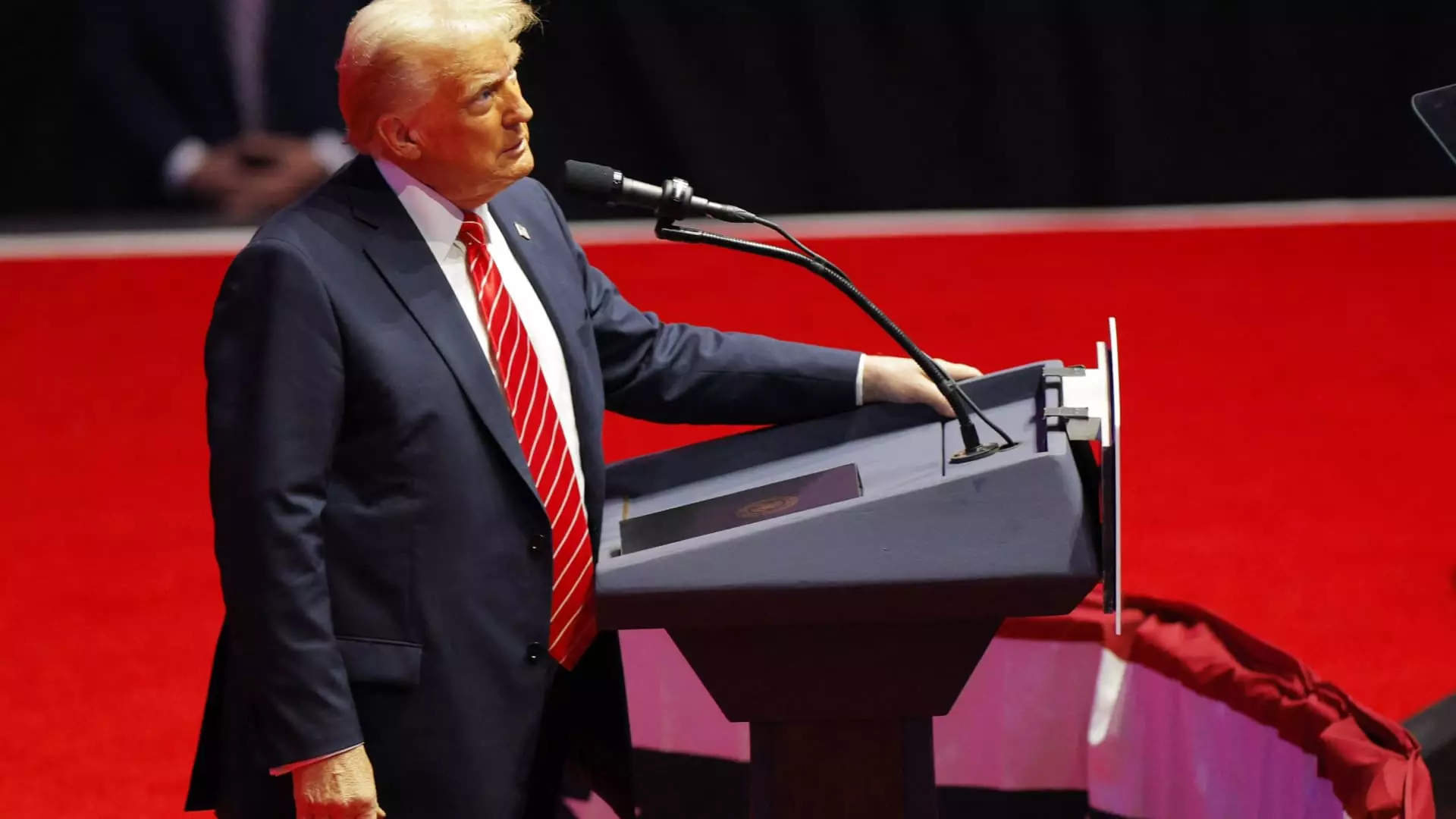As Donald Trump prepares to take office, the anticipation surrounding his trade policies has reached a fever pitch. Known for his combative stance on international trade throughout his campaign, many expected immediate and aggressive actions upon his inauguration. However, recent reports suggest a more measured approach than what was initially anticipated. Instead of imposing tariffs right away, Trump plans to implement a trade memorandum directed at investigating trade practices and currency policies of countries like China, Canada, and Mexico.
Analysis of Planned Trade Memorandum
The forthcoming trade memorandum from Trump, while a strategic step, indicates a shift from his earlier, more hard-line rhetoric. It aims to assign federal agencies with the task of scrutinizing unfair trade practices rather than rushing into a series of tariffs. This approach can be seen as a deliberate method of acknowledging the complexities of global trade. The absence of immediate tariff imposition suggests a recognition of the potential ramifications such actions could have on domestic and global economies, especially in a post-pandemic recovery phase.
This decision to delay comprehensive tariff implementation also aligns with the interests of many economic experts who previously warned against the negative impacts of a protectionist trade agenda. While Trump’s campaign boasted of radical tax policies, including a blanket 20% tariff on all imports, such measures could escalate costs for consumers and hinder global economic stability, particularly as nations struggle to mitigate the inflationary trends that have emerged since the pandemic.
The implications of imposing tariffs are twofold. On one hand, protective tariffs can shield domestic industries from foreign competition, potentially fostering local economic growth. On the other hand, they often lead to retaliatory measures by trading partners, which can spiral into trade wars—situations that can exacerbate market volatility and discomfort among consumers. Many believe that such punitive actions can also result in increased production costs, which would inevitably pass down to consumers in the form of higher prices.
This juxtaposition illustrates the delicate balance that Trump must navigate. He has professed a commitment to job creation within American borders, yet the unintended consequences of swift tariff action could lead to further job losses in reliant industries, such as manufacturing, that depend on affordable foreign imports for their supply chains.
Trump’s cautious trade approach may represent a strategic pivot toward more careful, evidence-based policy-making. The proactive route suggests he is taking the time to examine trade dynamics comprehensively rather than reacting impulsively based on campaign rhetoric. As he embarks on this legislative journey, the president-elect must weigh the short-term benefits of protectionism against the long-term sustainability of trade relations.
While Trump’s presidency is expected to feature significant shifts in trade policy, the initial inclination towards a methodical approach could prove advantageous in reinforcing both domestic fortitude and international cooperation. As the world watches closely, the impact of these decisions will resonate far beyond the confines of boardrooms and political discussions, affecting countless lives and economies across the globe.

